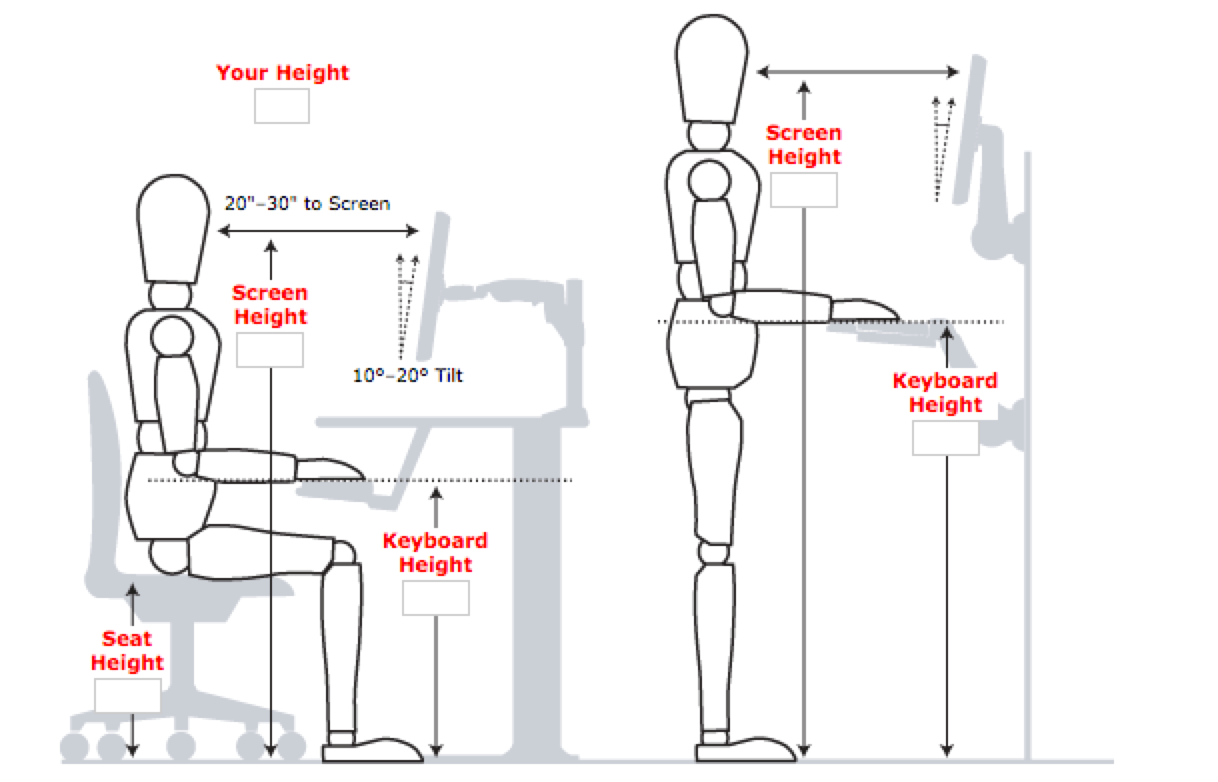LOW- LEVEL LASER THERAPY (LLLT)
ALTERNATE NAMES
Cold Laser Therapy, Low power laser therapy, Soft Laser, Photobiomodulation
WHAT IS LOW-LEVEL LASER THERAPY?
Low-Level Laser Therapy (LLLT) uses low powered light energy from a laser to stimulate changes in injured tissue. LLLT penetrates through the skin and can be used treat many musculoskeletal conditions. It is often called “cold-laser” because the wavelength used does not create heat or increase cell temperature.
Instead, it works by stimulating a photochemical reaction in the target cells. A small laser emits non-thermal photons of light into the skin. Cells in the target tissue absorb the light, and use the light as energy to increase cellular activity. This activity can increase local blood flow, decrease inflammation, and desensitize pain receptors. All of these effects can result in an accelerated healing process.
CONDITIONS
The depth of penetration into the target tissue can be up to a few centimeters depending on the wavelength and power of the laser.
- Sprains and Strains
- Osteoarthritis
- Rheumatoid Arthritis
- Tendonitis
- Tendinosis
- Myofascial pain
- Chronic pain
- Trigger points.
Specific Conditions:
- Temporomandibular Dysfunction (TMD/TMJ)
- Carpal Tunnel Syndrome
- Adhesive Capsulitis
- Achilles Tendonitis
- Lateral Epicondylitis (Tennis Elbow)
- Acute neck pain
- Headaches
TREATMENT
Treatment involves a small handheld device being placed over the skin of the injured area for 30 seconds -2 minutes. The therapist and patient wear protective eyewear while the laser is in use. Multiple sites may be treated in the same region or around the body in one session. Typically, results can be achieved in a series of short treatments.
Advantages over other treatments include:
- Painless
- Non- invasive
- Non-surgical
- Requires no recovery time
- Patients can avoid taking medication
Contraindications include:
- Pregnancy
- Epilepsy
- Performing over cancerous lesions, the thyroid, and over the eyes.
While research continues to be ongoing to determine the exact mechanism of LLLT, many patients benefit from reduced pain, healing effects, and shorter recovery times.
REFERENCES
Hashmi, Javad T. et al. “Role of Low-Level Laser Therapy in Neurorehabilitation.” PM & R : the journal of injury, function, and rehabilitation 2.12 Suppl 2 (2010): S292–S305. PMC. Web. 1 Mar. 2018
Marovino T. Cold Lasers in Pain Management. Practical Pain Management. Sep/Oct 2004. 4(6):37-42.
http://www.aapainmanage.org/pain-practitioner/the-practice-of-low-level-laser-therapy/

